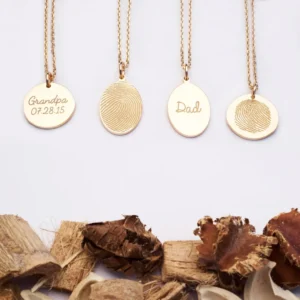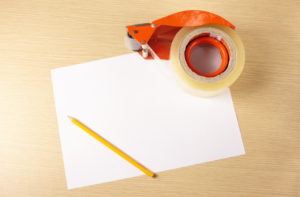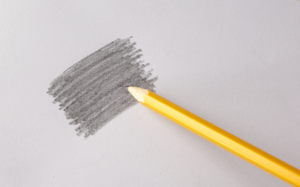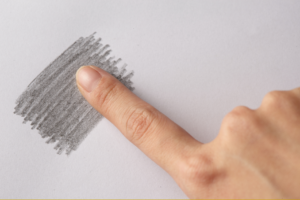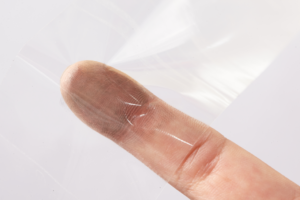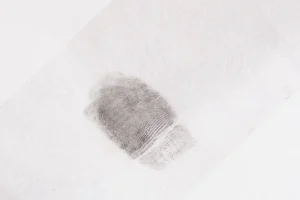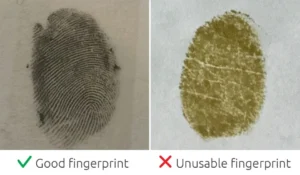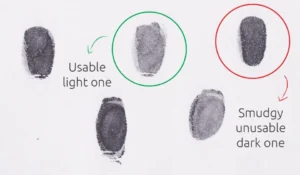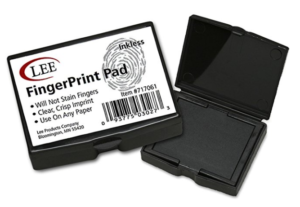Guide to Necklace Legth
Standard Necklace Lengths For Women

The above chart of standard necklace lenghts allow to to better understand the exact look that you are going for. These are the six most common lenghts, the most common are choker and princess lengths, especially for fine chains.
The Following Chart shows standard necklace lengths for the average women

Here’s how to accurately measure the necklace length for yourself:
- Select a Similar Necklace: Choose a necklace or cord similar to the one you’re purchasing. Ensure that the thickness of the chain matches the one you intend to buy. If you don’t have a similar necklace, you can use a string or cord of the same thickness.
- Wrap Around Your Neck: Enlist someone’s help to wrap the string or chain around your neck, pressing one end against the nape. Adjust the other end until it falls the way you desire your necklace to sit, and mark where it meets the first end on the back of your neck.
- Measure the Length: Lay the string or chain flat on a surface and measure the length up to the marked point. This measurement indicates your desired necklace chain length.
When selecting the right necklace length for someone else, consider the following tips:
- Measure an Existing Necklace: If possible, measure one of their existing necklaces that falls the way they like it. This provides the most accurate sizing information.
- Educated Guess: If measuring isn’t an option, make an educated guess based on their style preferences and neck size.
- Consider Common Lengths: For women, the “princess length” (16″ for petite, 18″ for average, 20″ for curvier, and 22-24″ for taller frames) is a safe choice. For men, aim for 18-20″ for smaller frames, 20-22″ for average, 22-24″ for larger builds, and 24″ and above for tall, well-built individuals.
- Flexibility: Opting for lengths slightly shorter or longer than average ensures the necklace remains wearable even if the sizing isn’t precise.
By following these guidelines, you can confidently select a necklace length that suits their style and physique.
Choosing a necklace length that complements your facial shape can enhance your overall appearance. Here are some general guidelines:
- Round Face:
- Opt for necklace lengths that elongate your silhouette, such as opera length or matinee length. These longer lengths help create the illusion of a slimmer face.
- Oval Face:
- Oval faces are versatile and can wear various necklace lengths. However, shorter necklaces like chokers or collar length can accentuate your natural shape.
- Square Face:
- Soften angular features with necklace lengths that add curves. Princess length and opera length necklaces work well by drawing attention away from sharp lines.
- Heart-Shaped Face:
- Balance a heart-shaped face with shorter necklace lengths like chokers or collar length. These lengths accentuate the jawline and complement the natural shape of the face.
- Long Face:
- Balance out the length of a longer face with shorter necklace lengths such as chokers or collar length. These lengths help create the illusion of a shorter face.
When in doubt, the classic princess length (18 inches) is a safe and timeless choice that complements most facial shapes. Experimenting with different lengths can help you find the perfect necklace that accentuates your features and completes your look.
For those with a petite frame, longer-style necklaces can sometimes overwhelm the delicate proportions. Opting for shorter necklace lengths like chokers or princess length (16-18 inches) can be more flattering as they complement a smaller frame without overpowering it. These lengths help maintain balance and proportion, ensuring that the necklace enhances rather than distracts from your overall look.





